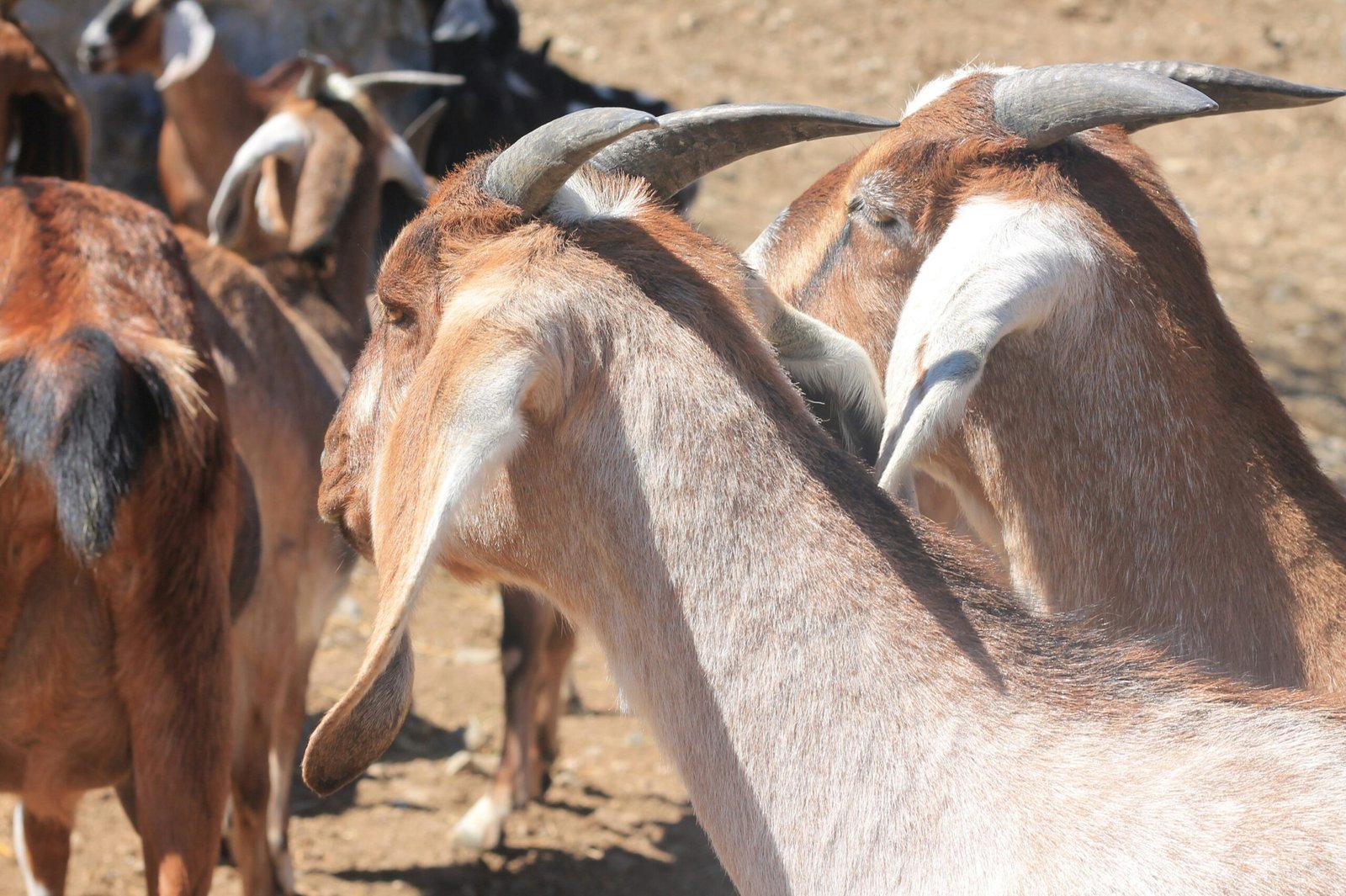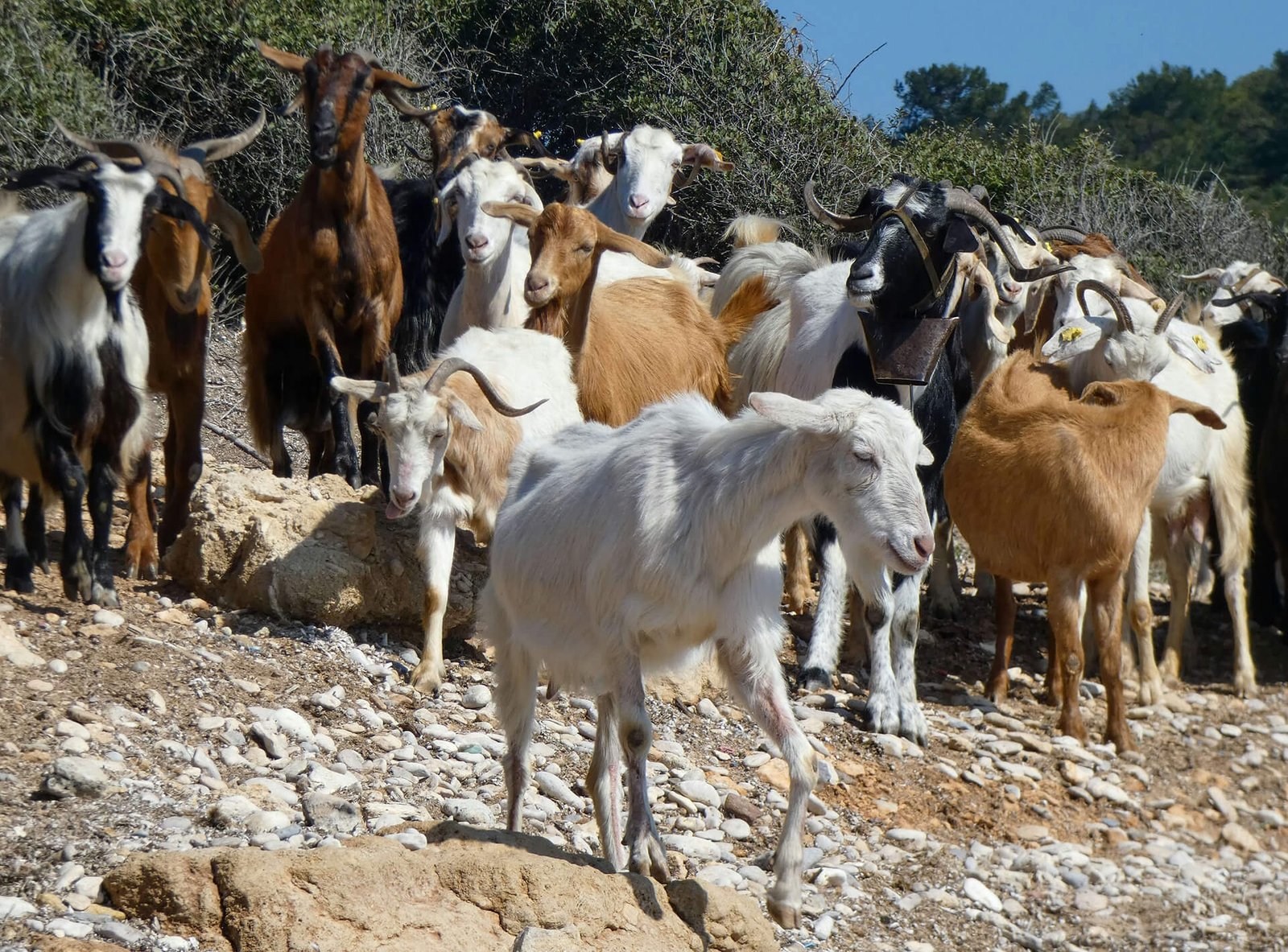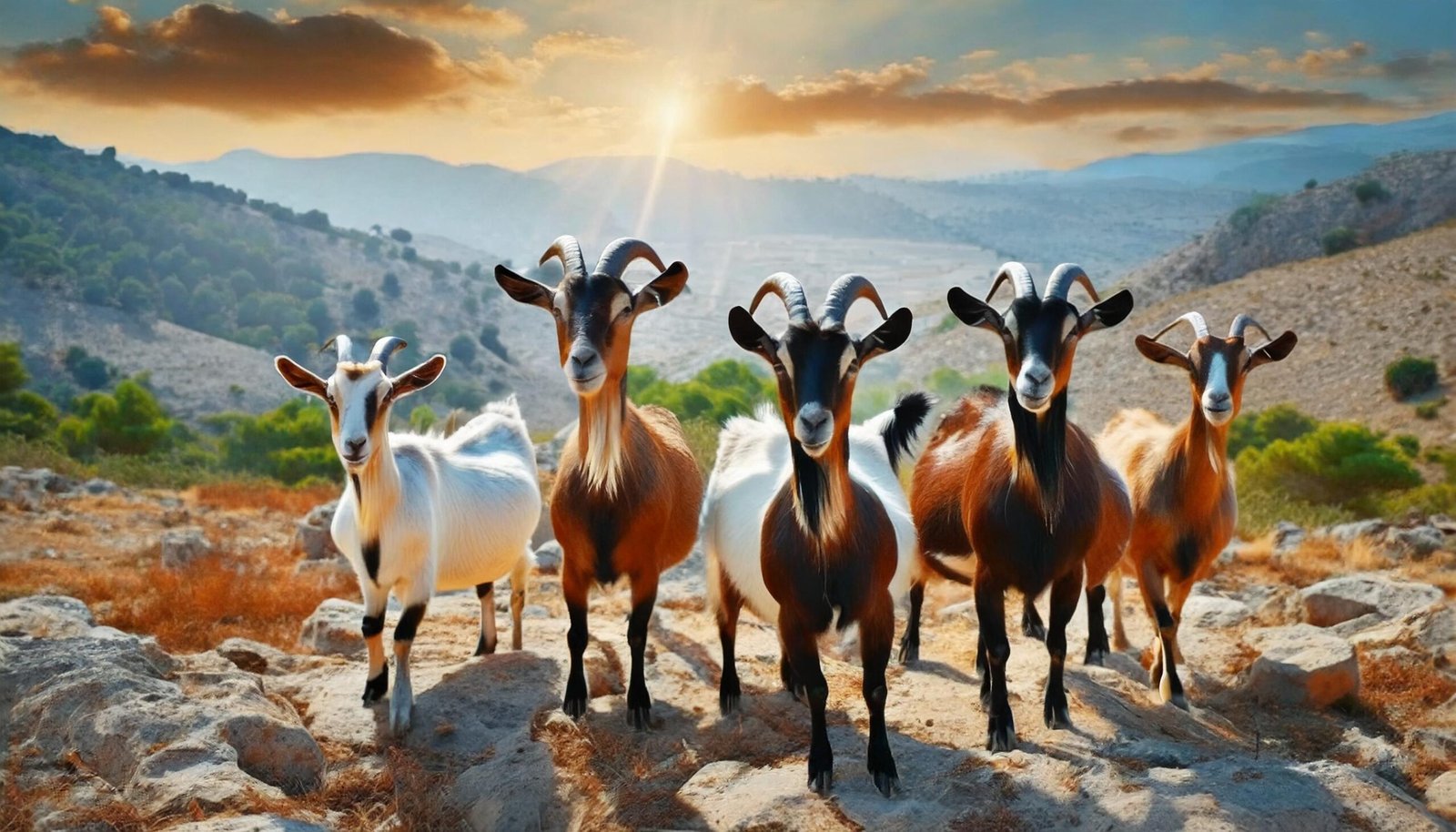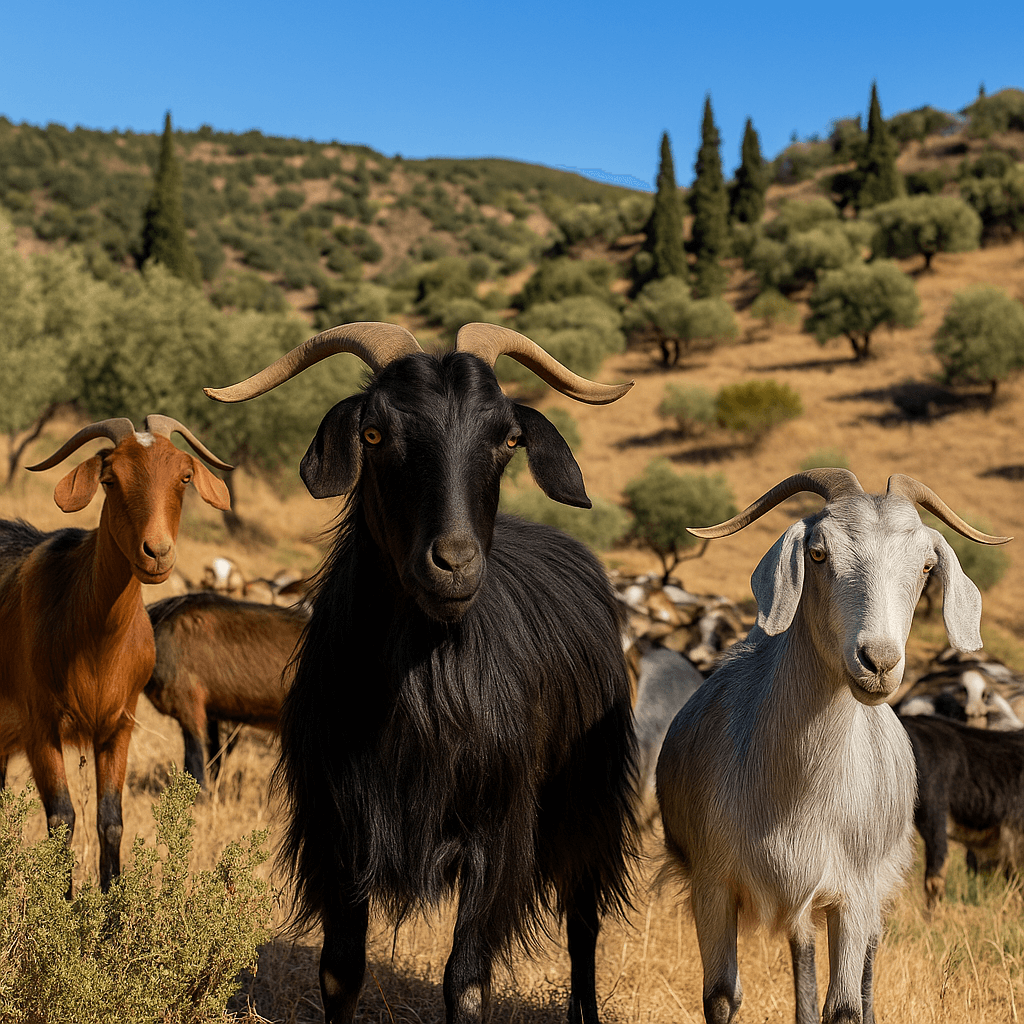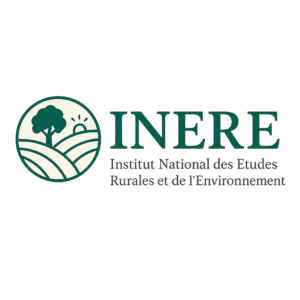Portugal’s Alentejo region is a land of vast plains, rolling hills, and a rich agricultural heritage deeply intertwined with sheep and goat farming. Among the local breeds, the Serra da Estrela goat holds a special place — known for its adaptability, rich milk, and contribution to some of Portugal’s most celebrated artisanal cheeses. Yet, like livestock farming worldwide, the health management of goats in Alentejo faces persistent challenges: disease detection, reproductive efficiency, and ensuring high-quality milk yield amidst climate variability.
Launched in 2022, the Veterinary AI and Predictive Health initiative brings cutting-edge artificial intelligence into the heart of traditional goat farming. By introducing AI-based health diagnostics for Serra da Estrela herds, this use case demonstrates how modern technology can enhance animal welfare, boost productivity, and secure a more sustainable dairy future for Portuguese farmers.
The Serra da Estrela Goat: Pride of Alentejo
Named after Portugal’s highest mountain range, the Serra da Estrela goat breed is prized for its resilience to rough terrains and its rich, flavorful milk — an essential ingredient in local delicacies like Queijo Serra da Estrela cheese. Well-managed herds produce an average milk yield of 112 liters per month, providing livelihoods for thousands of smallholders and fueling a cottage industry of traditional cheesemakers.
However, traditional health monitoring methods often rely on visual inspection and farmer experience, which can miss subtle early signs of illness or nutritional imbalances. Delayed detection can mean lower milk output, costly veterinary interventions, and animal welfare concerns. Enter AI-powered veterinary diagnostics, a tool designed to tackle these gaps head-on.
How AI-Based Health Diagnostics Work
At the heart of this innovation is a platform combining wearable sensors, machine learning algorithms, and mobile applications. Here’s how it works on a typical Alentejo farm:
- Wearable Health Sensors: Small, non-invasive devices attached to goats’ collars track vital signs such as body temperature, heart rate, activity levels, and rumination patterns.
- Data Collection and Analysis: Sensor data streams in real-time to a cloud-based AI engine. Advanced algorithms analyze patterns and compare them to vast health datasets to detect anomalies.
- Predictive Alerts: If a goat’s vitals deviate from the healthy baseline, the system sends an alert to the farmer’s phone, indicating potential health issues before symptoms become visible.
- Herd Health Dashboard: Farmers can access herd-level summaries showing trends in reproduction cycles, feed intake, and stress indicators, allowing for informed decision-making.
By flagging risks early, farmers can provide timely care, reduce disease spread, and minimize the need for reactive antibiotic treatments — a major win for animal welfare and milk quality.
Pilot Implementation in Alentejo
Since its inception in 2022, the Veterinary AI project has partnered with a network of progressive goat farmers, local veterinary services, and agri-tech companies to test and refine this smart system in real-world conditions.
Pilot farms across Alentejo’s diverse landscapes — from dry lowlands to hill pastures — have reported:
- Faster detection of mastitis and parasitic infections.
- Improved reproductive planning through precise heat detection.
- Reduced veterinary costs due to early interventions.
- A steady or improved milk yield, maintaining an average of 112 liters per month even during seasonal stress.
Farmers highlight the peace of mind AI monitoring provides. One farmer noted, “Before, I would only notice a sick goat when it stopped eating or produced less milk. Now, the app tells me if something is wrong before I can see it with my eyes.”
Boosting Sustainability and Animal Welfare
Better health monitoring directly supports the project’s sustainability goals, reflected in its sustainability score of 8. Key impacts include:
- Lower antibiotic usage: Early detection reduces the need for broad-spectrum treatments.
- Improved feed efficiency: Monitoring ensures each goat’s nutrition matches its health needs.
- Higher animal welfare: Less suffering from undiagnosed issues improves ethical farming standards.
- Reduced carbon footprint: Healthier goats mean better feed-to-milk conversion and lower resource waste.
The system aligns with EU One Health principles, bridging animal health, food safety, and environmental stewardship.
Empowering Farmers with AI Literacy
While the technology is advanced, its success depends on local capacity building. The initiative includes:
- Hands-on training: Farmers learn how to install sensors, read dashboards, and interpret AI alerts.
- Veterinary collaboration: Local vets use AI insights to plan herd health visits and customize treatment plans.
- Community knowledge sharing: Farmer cooperatives host regular meetups to exchange experiences and refine best practices.
This focus on digital literacy ensures that even older generations, traditionally wary of new tech, feel confident using AI tools as a trusted daily assistant.
AI Diagnostics and Traditional Knowledge: A Perfect Match
One of the project’s strengths is its respect for centuries-old goat herding wisdom in Alentejo. Instead of replacing farmers’ knowledge, AI acts as a second pair of eyes, validating or flagging issues that a busy farmer might overlook during routine checks.
This synergy preserves the deep bond between herders and their animals, while equipping them with data-backed insights to adapt to modern production demands.
Challenges and Lessons Learned
Deploying AI-based diagnostics in rural Portugal has faced a few hurdles:
- Connectivity: Remote farms with weak internet require offline-first apps and periodic data uploads.
- Affordability: Although sensor costs have dropped, initial investment can be high for smallholders. Pilot farmers have benefited from regional innovation grants and cooperative buying models.
- User trust: Building confidence in “machine advice” takes time. Demonstrations and peer testimonials have proven crucial to gaining farmer buy-in.
These lessons are informing strategies to scale up the system sustainably.
Economic Benefits and Market Value
Beyond health improvements, the technology creates new economic opportunities:
- Premium branding: Producers using AI can certify their milk as traceable and welfare-friendly, appealing to quality-conscious urban and export markets.
- Data-driven breeding: Farmers can selectively breed goats with resilient traits based on health and productivity records, strengthening the herd over generations.
- Efficient insurance claims: Accurate health histories simplify livestock insurance processes, reducing disputes and payout delays.
For Alentejo’s dairy value chain, these benefits position local farmers to compete with larger producers while maintaining artisanal quality.
Future Directions and Expansion
Encouraged by pilot results, stakeholders plan to expand Veterinary AI to more goat herds and eventually other livestock in the region. Next steps include:
- Integration with blockchain: Linking health records to traceability systems for transparent farm-to-table information.
- Advanced predictive analytics: Using machine learning to forecast herd health risks based on weather, pasture conditions, and historical patterns.
- Automated feed adjustment: Connecting AI insights with smart feeders to tailor nutrition in real time.
Regional policymakers see this as a model for achieving Portugal’s rural digitalization goals, ensuring that even remote farming communities benefit from Industry 4.0 innovations.
Inspiring a Smarter Future for Portuguese Goat Farming
The Veterinary AI and Predictive Health use case shows what’s possible when traditional farmers, tech developers, and veterinary experts join forces to solve age-old challenges with modern solutions. In Alentejo, the humble Serra da Estrela goat — an icon of resilience — now stands at the frontier of precision livestock farming.
By blending heritage with high-tech tools, Portugal is setting an example for how AI can strengthen food security, support ethical farming, and empower rural communities to thrive in a changing world.
As the project scales up, it promises to keep Alentejo’s dairy sector healthy, productive, and sustainable — ensuring that future generations can continue to enjoy the rich flavors and cultural wealth rooted in these pastures.

